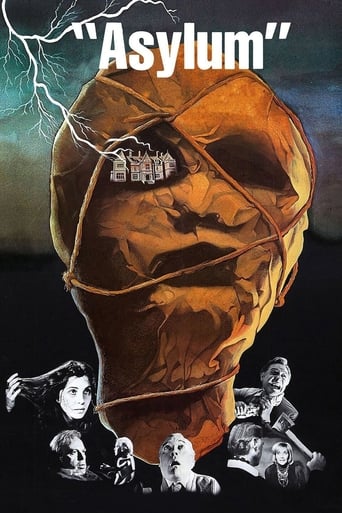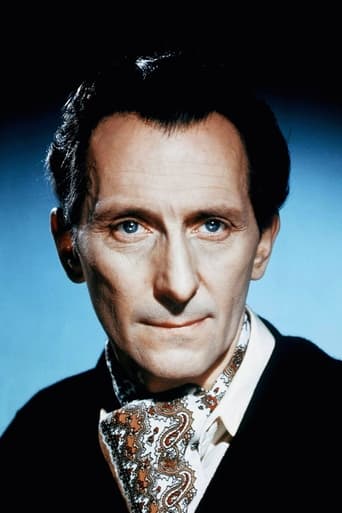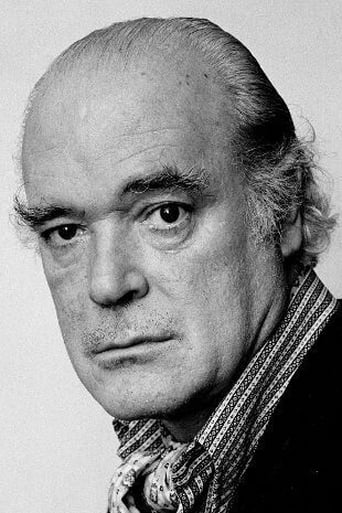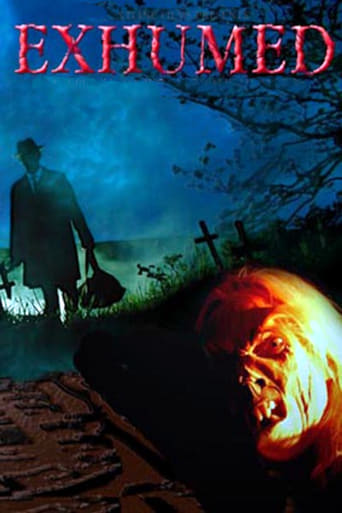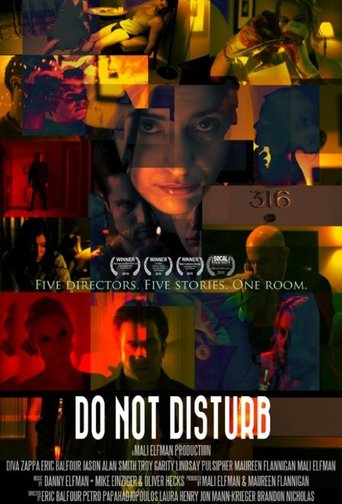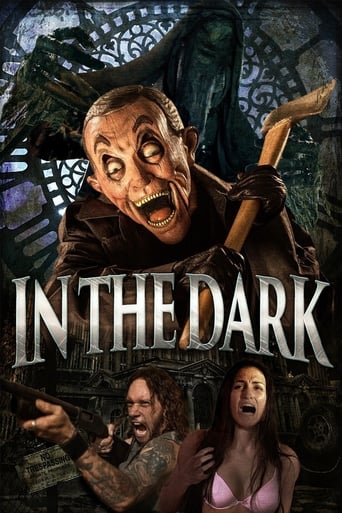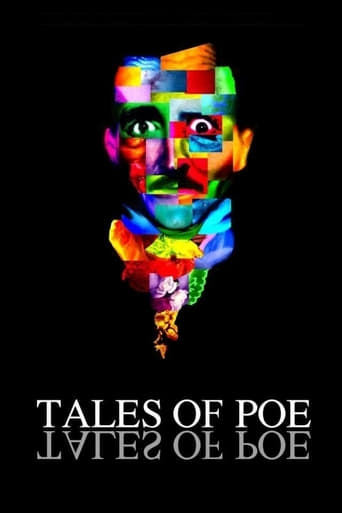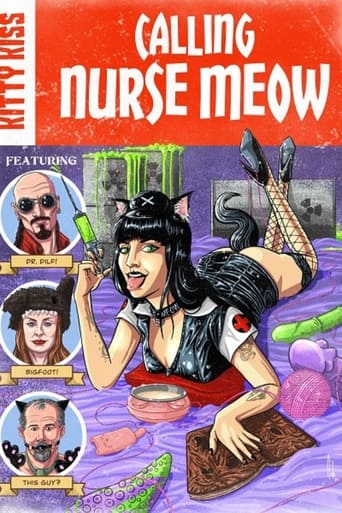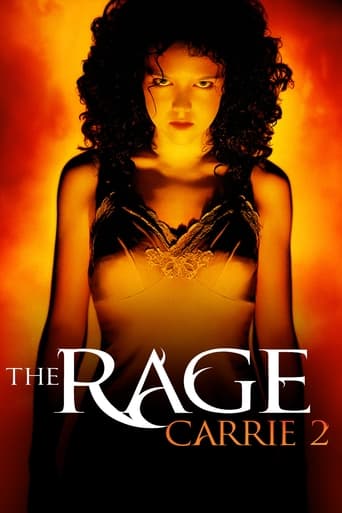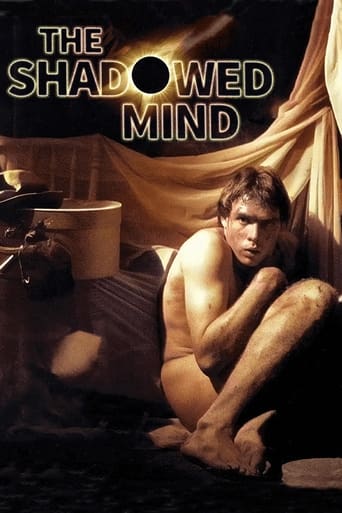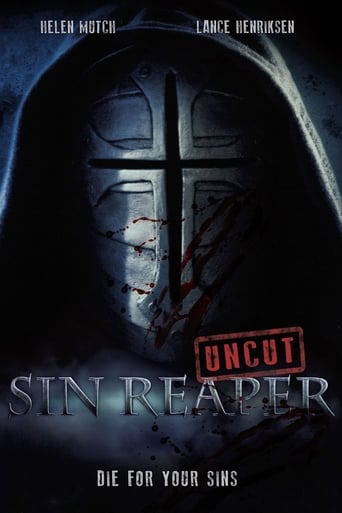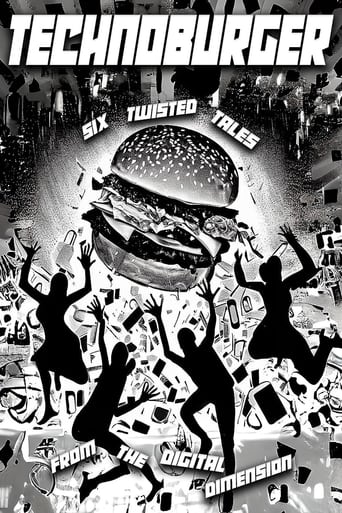Asylum (1972)
A young psychiatrist applies for a job at a mental asylum, and must pass a test by interviewing four patients. He must figure out which of the patients, is in fact, the doctor that he would be replacing if hired.
Watch Trailer
Cast


Similar titles
Reviews
The first thing which should draw you to this little horror flick is its writer... Robert Bloch, the man who penned Psycho - that in itself should have you excited. I had totally forgotten he'd written this anthology, so it brought a massive smile to my face when I saw it in the credits. Another plus for this movie is the great cast. I didn't know of any of the director's other work, but after watching this film I would be very happy to watch anything else he may have directed.Bloch's stories are strong and teeter on the edge of sanity and the paranormal. Both he and Baker do an excellent job of using the fifth story to tie all the others together. Dr Martin arrives at Dunsmoor Asylum to start work only to find Dr Rutherford is standing in for Dr Starr, who appears to have suffered a mental breakdown. Dr Starr has been moved upstairs to be confined with patients of a similar malady. So Rutherford sets out to test Martin by challenging him to talk to the patients on the ward and to diagnose which one is Dr Starr. Once on the ward, we are introduced to the inmates and their delusions.The first tells of a married man who's having an affair. However, when his wife informs him that she'll never let him go he has to take extreme measures... though she has some ideas of her own on the matter. Tale two tells of a struggling tailor about to lose his business. Needing a quick influx of cash he takes on the job of creating a suit for a stranger, out of some strange material... Story three is of a sister returning to her family home after a stay in a hospital. Upon her return, her best friend starts to weave doubts into her mind over what her brother and the nurse are really after. Can she be telling the truth or does she have an ulterior motive? Story four is about Dr Byron and his creations. At the moment they are just effigies of his former colleges, though he has a plan to bring them to life...Each story is acted superbly by its cast (I found nothing bad about any of the performers or their portrayals) and are beautifully filmed. There are some wonderful camera shots, not too outlandish but very subtle that you don't notice them. For example, when Martin enters the Asylum he is met by a nurse. The camera follows behind her slowly. Once they are acquainted they turn down a hallway and the camera pans with them. As they stand outside Rutherford's door they are just silhouettes. The camera work is so steady and smooth. In today's film, it'd be jerky - to give it a "realistic" feel - and they would more than likely stay with them or have quick cuts from hallway to outside the door. I know which I prefer. Baker does a good job of using not only the camera work but lighting and sound to create atmosphere. In the first story, where there's a little action, he creates a creepiness though with an exciting sting to it. For the second story, Baker ups the eerieness element to unnerve the audience.The only reason it didn't get full marks is that I am marking by today's standards, which means that some of the special effects let it down a little. I've never been one for the "Stuffed attacking beast" or "decapitated body part" attacking scenes - I've always known it's nothing more than the actor holding a prop. As a viewer I want to lose myself in the story, incidents like these just bring me out of that story a little... usually with a giggle. This hurts the film and the enjoyment of it because you're meant to be scared - not amused. That said, some of the other effects are top notch. Loved the dolls internal organs and the mirror scene was pretty much perfect.I would recommend this film to every horror fan out there as this is how it should be done. Though it isn't perfect I would still watch this over a lot of the "so-called" horror of today. Well worth a watch and well worth keeping.
A portmanteau (multi-part) 'horror' film from Robert (Psycho) Bloch and Roy Ward (Quatermass) Baker, who, it turns out, went to my old school. Anyone who's seen the original UK Avengers will find the sound of the silky strings, vibraphone and Farfisa soundtrack familiar, along with most of the cast who switched between UK film and TV in the early '70's.Any film with Britt Ekland and Charlotte Rampling in their pomp doing a whole story together has got to be worth a look - if only from a feminist angle, but the real star of 'Asylum' has to be art director Tony Curtis (no, not that one) whose work features so heavily. Brown paper-wrapped body parts that commit murder, tailor's dummies that come to life, and the fantastic Herbert Lom robots. I do hope the great Herbert got to take one home.Apart from that, it's great to see Richard Todd doing something a little less earnest and stiff-upper-lip for a change, like dismembering his wife with an axe after several brandies.Not one turn of the plot(s) makes any concession whatever to logic, but it doesn't matter because it's FUN. Remember fun? We didn't know we had it back in 1972.
Yet another slice of early '70s British horror, once again in an anthology format, and from who else but Amicus, who were responsible for lots of films like this. ASYLUM has a powerful Gothic atmosphere which literally oozes off the screen in the opening moments, when the mansion appears and a loud, Gothic score plays out. There is another good scene where Powell looks at a number of classic paintings of insane people while the music again plays loudly, this is reminiscent of the opening titles of BEDLAM. The film benefits from being written by Robert Bloch (the man who wrote PSYCHO).The first story is a typical tale which looks like it was filmed on the same set as the Terry-Thomas segment from THE VAULT OF HORROR. It would be an interesting if oversimplistic tale if it wasn't for the amazing special effects which are really striking when first seen. The severed, animated limbs are all moved ingeniously and you can never quite work out how they are moved. The use of the crinkly brown paper on the soundtrack is also effective, and quite simply these moving body parts are some of the best special effects ever to be seen in a '70s British horror film.The second story has a more complex plot and is once again enlivened by some original special effects. The horrors of the landlord demanding money and the moving dummy are nicely juxtaposed throughout the story, which makes you really feel for the poor tailor involved in the hassle. Peter Cushing is once again on top form as the man who wants to bring his deceased son back to life, giving a moving performance of grief, anguish and finally desperation. The special effects are mainly involved in the climax where a shop dummy comes to life, and take the form of a shimmering, shiny suit. The effects are quite startling as the colours twist and fade in quick succession and it's definitely different. A bit of originality goes a long way in these films.Of course there had to be a dud somewhere in the film and the third story is it. It's a little tale of psychological trauma, and, while it has its interest, it doesn't really fit into the formula which these films have. Charlotte Rampling puts in a good performance as the tortured Barbara, while Britt Ekland and James Villiers lend solid support, but they can't do much with the bland story which has been addressed many times before, and an ending which you can spot a mile off. It's definitely not one to write home about and has no redeeming qualities at all really, apart from the fact that its thankfully short.Happily, if you manage to sit through the third story, the fourth story is just about the best of the bunch. Herbert Lom puts in an excellent performance as Doctor Byron, a man who's created life in his own image. The story also ties in nicely with the wraparound story involving Powell and Magee, and the scenes in which the doll comes to life and makes its way downstairs are genuinely spooky, helped by the return of the Gothic music which played over the opening credits. The ending is also unexpected and a classic twist. Patrick Magee puts in a solid performance and Robert Powell is a charismatic lead.All in all, ASYLUM is an excellent example of the anthology film at its best, and definitely one of the best films that Amicus put out. With a superb cast, excellent special effects and three out of four stories also being good, it really is unmissable entertainment for those of us who enjoy classic British horror.
Quite a fun horror anthology. Four horror stories that are corny in their way yet enjoyable to watch. A mystery is involved too - who is Dr. Star?! Out of the four stories it is the third story that I like the best, the story of Lucy.The first story, "Frozen Fear", is of a murdered wife that gets her revenge. This is not a typical ghost story - it's quite different. I found humor in this one - a bit silly.The second story, "The Weird Tailor", is about an unusual suit that a tailor has to make. Really it's not the tailor that is so weird - it's more the man that ordered the suit that is odd (played wonderfully by Peter Cushing).The third story, "Lucy Comes to Stay", is about a woman who thinks her brother is plotting against her and wonders if she's gone insane. Her 'friend Lucy' shows up to help her out.The fourth story, "Mannikins of Horror", is of a man who creates robots but makes the heads of them very human - life-like.Then we find out who Dr. Star is. Can you figure out who he is before the answer is reveled? Pretty fun - campy in a way.6.5/10

